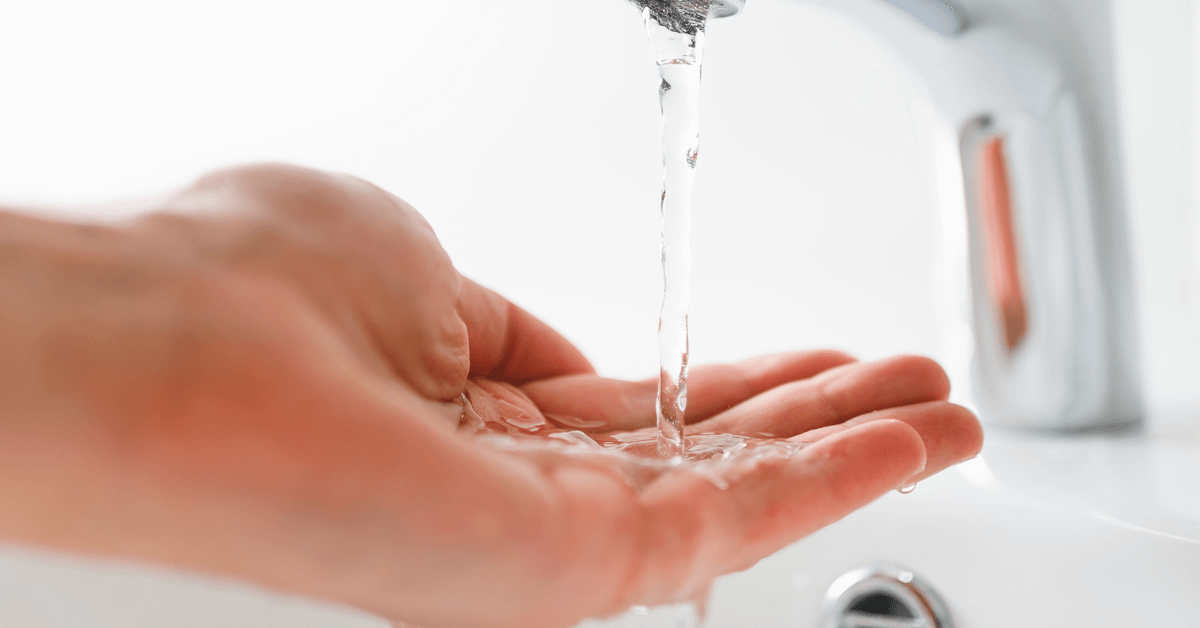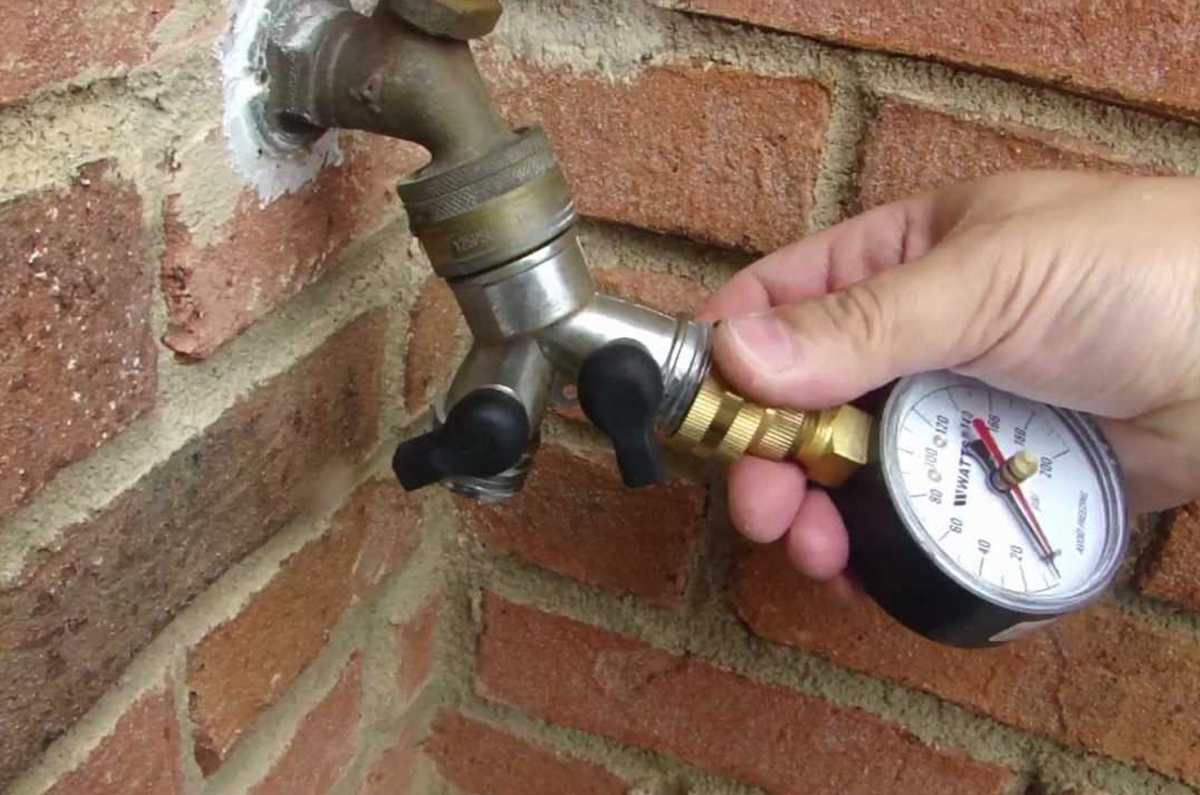Step-by-Step Ways for Addressing Low Water Pressure in Your Home
Step-by-Step Ways for Addressing Low Water Pressure in Your Home
Blog Article
They are making several good points on the subject of Dealing with Low Water Pressure in Your Home as a whole in this article just below.

Low water stress in your house can be a discouraging issue, impacting whatever from showering to washing recipes. If you're experiencing weak water flow, there are numerous feasible causes and solutions to discover. In this overview, we'll discuss typical factors for low water pressure and useful steps to resolve the problem successfully.
Introduction to Low Water Stress
Low water pressure takes place when the flow of water from your faucets, showers, and various other fixtures is weaker than common. This can make everyday tasks extra challenging and less effective. Understanding the root causes of low tide stress is important to locating the right service.
Typical Sources Of Low Tide Stress
Faulty Pressure Regulatory Authorities
Pressure regulatory authorities are responsible for preserving consistent water stress in your house. If they malfunction, it can cause low water pressure or uneven circulation throughout the house.
Community Water Supply Issues
In some cases, the problem exists outside your home. Metropolitan water system issues, such as main line leakages or upkeep work, can briefly lower water pressure in your area.
Pipe Obstructions
In time, pipelines can come to be blocked with natural resource, sediment, or particles, limiting the flow of water. This is an usual concern in older homes with galvanized steel pipelines.
Corrosion
Corrosion within pipelines can result in leaks and minimized water stress. Corrosion build-up can restrict water flow, specifically in maturing plumbing systems.
Exactly How to Identify Low Tide Pressure
Evaluating Pipes
Inspect noticeable pipes for indications of leakages, corrosion, or blockages. Take note of any type of unusual audios, such as banging or rattling pipes, which might indicate concerns within the plumbing system.
Consulting with a Plumber
If you're incapable to determine the root cause of low water stress, think about employing a specialist plumber to conduct a comprehensive inspection. They can determine underlying issues and suggest proper services.
Examining Taps and Fixtures
Start by evaluating the water pressure at different faucets and components throughout your home. If the concern is isolated to particular areas, it might suggest local problems.
Do It Yourself Solutions to Repair Low Tide Stress
Flushing Water Heater
Debris buildup in the water heater can restrict circulation and lower effectiveness. Purging the tank regularly aids get rid of debris and maintain optimum performance.
Checking Pressure Regulatory Authority
Ensure that the stress regulator is operating appropriately. Adjusting or replacing the regulatory authority can help recover correct water pressure throughout your home.
Cleaning Up Aerators and Showerheads
Natural resources can build up in aerators and showerheads, reducing water circulation. Remove and clean these elements consistently to improve water pressure.
Cleaning Clogs in Water Lines
For small obstructions, attempt using a plumbing serpent or chemical drain cleaner to clear blockages in pipelines. Beware when using chemicals and adhere to safety and security standards.
When to Call a Professional Plumber
If do it yourself initiatives fail to resolve the problem or if you suspect considerable plumbing troubles, it's best to seek aid from an accredited plumber. They have the expertise and tools to deal with complex issues securely and effectively.
Safety Nets to Keep Water Pressure
Installing a Stress Booster
Take into consideration installing a stress booster pump to enhance water pressure in locations with constantly reduced flow. This can be specifically valuable for multi-story homes or homes with high-demand fixtures.
Surveillance Water Use
Be mindful of water usage practices and stay clear of overtaxing the plumbing system. Simple modifications, such as incredible showers and laundry loads, can assist keep sufficient water pressure.
Routine Maintenance
Arrange routine maintenance for your plumbing system to prevent problems such as rust, leaks, and blockages. Addressing small problems early can aid stay clear of even more considerable repair services later.
Final thought
Taking care of low water stress can be discouraging, however determining the underlying causes and implementing suitable remedies can bring back optimal circulation throughout your home. Whether it's cleaning up aerators, inspecting pipes, or consulting with a plumber, taking positive steps can make certain a stable supply of water for your daily requirements.
FOUR WAYS TO FIX LOW WATER PRESSURE NOW
Turning on a shower or faucet only to find the water comes out in a sad, slow drizzle is never a good feeling. How exactly are you supposed to wash a pan or take a quick shower when it takes 10 minutes just to rinse off a little soap? The good news is that when your water pressure is bad, there's always a cause: typically one that can be easily fixed. Here are some of the most common causes of low pressure and what you can do to fix the issue:
DEBRIS AND MINERAL DEPOSIT BUILDUPS
If you notice low water pressure from just one or two of the fixtures in your house, the problem likely has to do with debris buildup. Water is full of minerals and other debris, all of which can accumulate in your pipes and on your fixtures. This can cause a blockage that affects how much water flows through. To fix this, try filling a small plastic bag with white vinegar, and use a rubber band to hang it around your showerhead or faucet. Let the head of the fixture soak for a few hours, and the vinegar should loosen the deposits.
WATER LEAKS
Leaks are another common cause of low water pressure. If water is flowing out of your plumbing through a hole or crack before it can reach your fixture, the pressure coming out of the faucet or showerhead will be lower. A plumbing professional is your best bet for finding and repairing a leak in your water supply pipes.
Leaks are another common cause of low water pressure. If water is flowing out of your plumbing through a hole or crack before it can reach your fixture, the pressure coming out of the faucet or showerhead will be lower. A plumbing professional is your best bet for finding and repairing a leak in your water supply pipes.
A VALVE ISSUE
If you have low water pressure throughout your home, check your main shut-off valve to make sure it's completely open. You may also want to see if there's a pressure-reducing valve installed. If there is, have a plumber help you adjust the settings to get the pressure you're looking for.
OTHERS USING WATER
Believe it or not, your low water pressure could be caused by your neighbors. If you notice low pressure at certain times of day, it may be because you and the people living next to you have similar schedules - when everyone is showering at the same time, the pressure will be lower in every home. Low pressure throughout the neighborhood may also be caused by an issue with your municipal water supply. If that's the case, call the supplier to see if they're working on the issue.
https://www.rotorooter.com/blog/water-leaking/low-water-pressure-fixes/

I was made aware of that write-up on 9 Reasons for Low Water Pressure in Your House from someone on another website. Sharing is caring. Who knows, you may just be helping someone out. Thanks a lot for being here. Revisit us soon.
Call Today Report this page